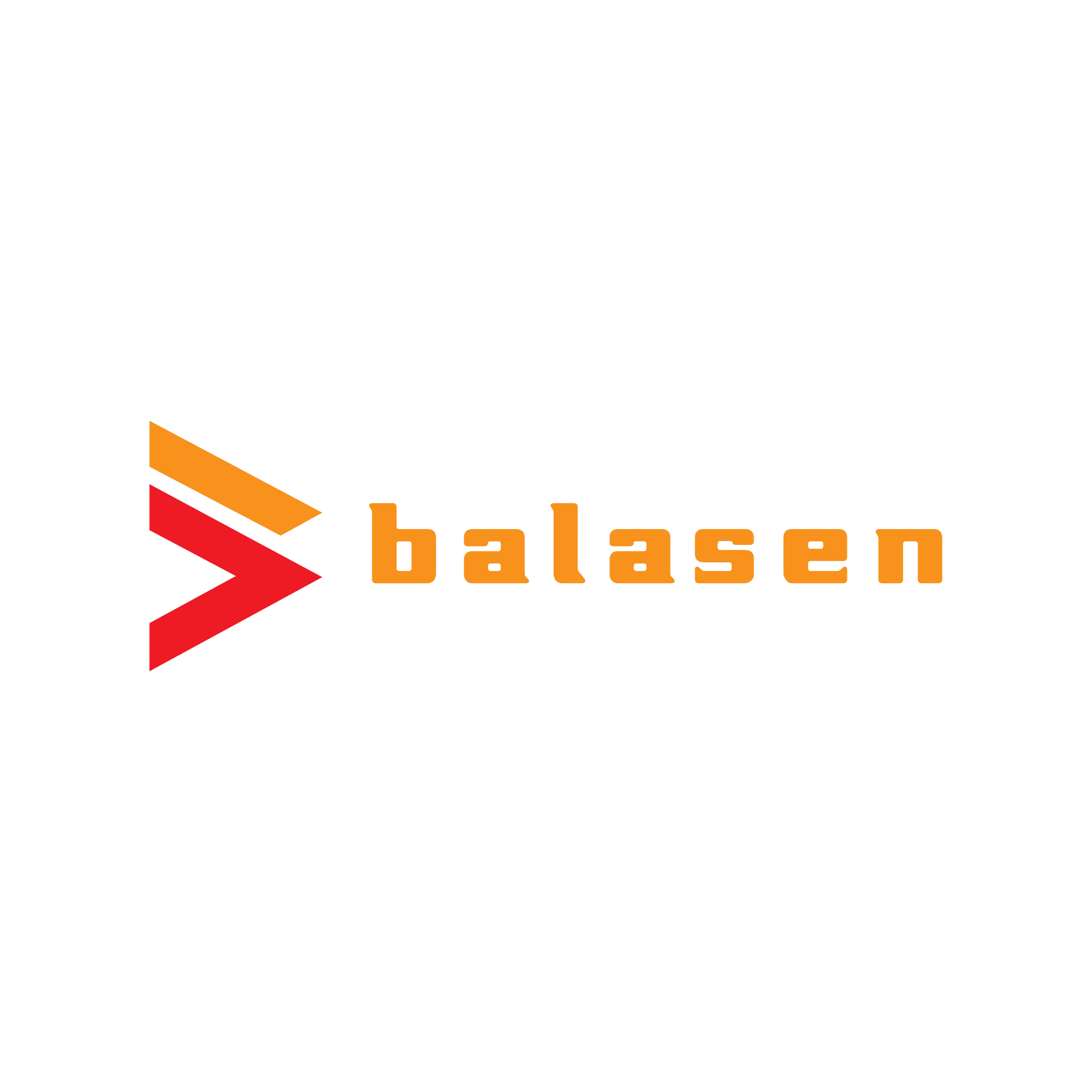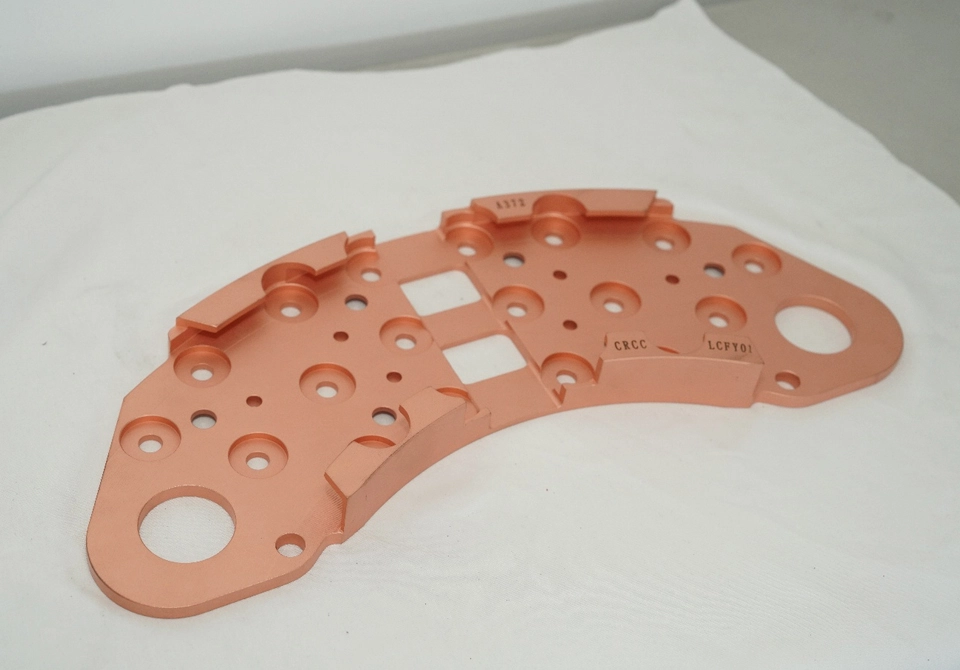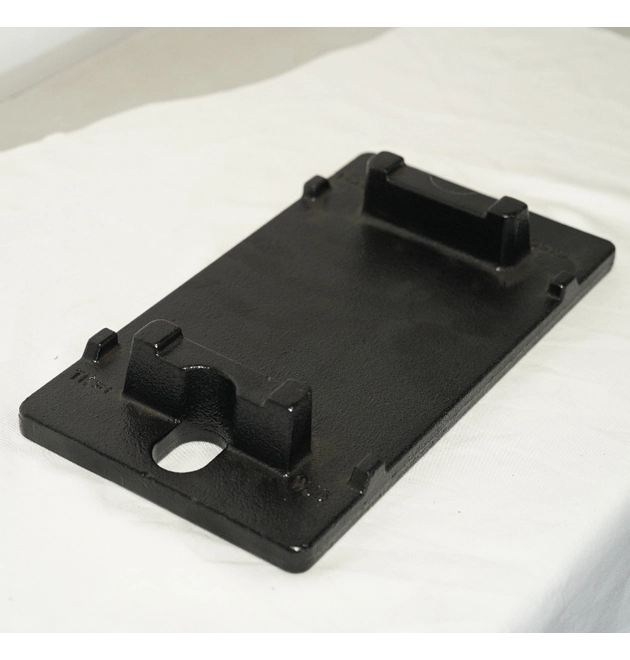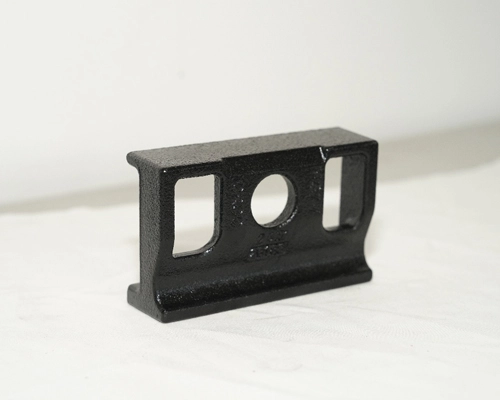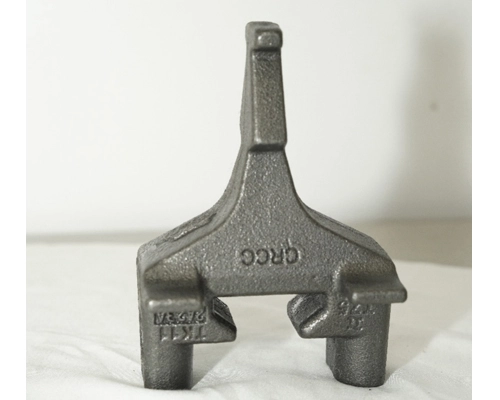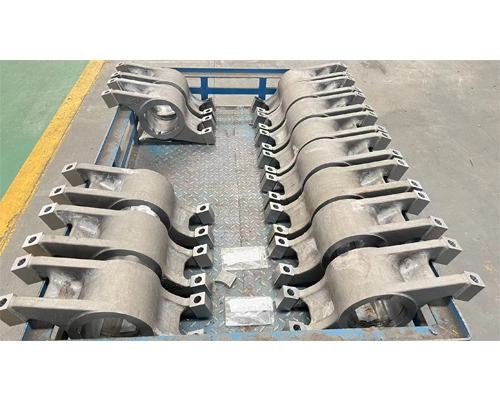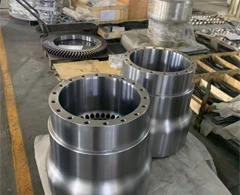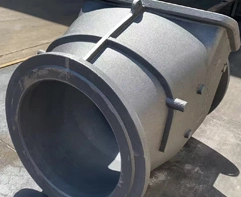The Requirements for Castings in the Railway Industry
High Strength and Toughness:
Castings need to bear various loads during the operation of the vehicle. For example, the castings of the car body need to support the weight of the vehicle body and the load of passengers, and the castings of the bogie need to withstand the impact force generated during the vehicle's driving. Therefore, they need to have high strength and toughness to ensure safety and reliability.
High Dimensional Accuracy:
The components in rail transit fit closely with each other. For example, the dimensional accuracy of the castings in the braking system directly affects the braking effect. So, the castings need to have high dimensional accuracy to ensure precise assembly with other components and the normal operation of the system.
Good Wear Resistance:
Castings such as wheels and brake discs will rub against other components frequently during operation. Only with good wear resistance can the wear be reduced, the service life be extended, and the driving safety be ensured.
Excellent Corrosion Resistance:
The vehicle may face corrosive environments such as humidity, acids, and alkalis. If the castings such as the vehicle body shell and the bogie have poor corrosion resistance, they are likely to be corroded, reducing their performance and service life. Therefore, they should have excellent corrosion resistance.
 EN
EN
